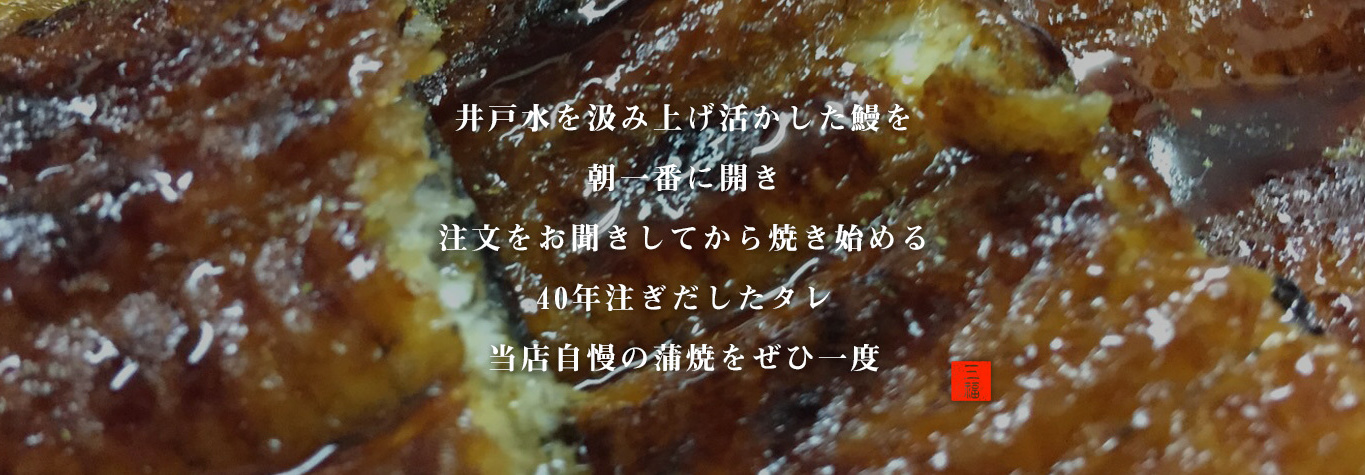Preferential Trade Agreement Is the Degree of Integration
2022年4月18日
Preferential Trade Agreements: Understanding the Degree of Integration
Preferential trade agreements, or PTAs, are a type of international trade agreement that offer preferential access to certain countries or groups of countries. These agreements are designed to reduce trade barriers and increase trade flows between the participating countries. However, not all PTAs are created equal – they can differ in terms of their scope, coverage, and degree of integration. Let`s take a closer look at how the degree of integration impacts PTAs and the businesses that operate within them.
What is the Degree of Integration?
The degree of integration refers to the level of economic cooperation between the participating countries in a PTA. There are four types of PTAs, each with a different degree of integration:
1. Free Trade Agreement (FTA)
An FTA eliminates tariffs and other trade barriers on goods and services traded between the participating countries. However, each country maintains its own trade policies and regulations. This means that there are still some barriers to trade, such as customs procedures and non-tariff barriers like quotas or regulations.
2. Customs Union (CU)
A customs union is a more integrated form of PTA. In addition to the elimination of tariffs, the participating countries adopt a common external tariff on imports from non-member countries. This means that all goods imported into the customs union are subject to the same tariff rate, regardless of the country of origin. However, each country retains its own trade policies and regulations.
3. Common Market (CM)
A common market takes the integration one step further by allowing for the free movement of goods, services, capital, and people between the participating countries. This means that there are no barriers to trade or investment within the common market. However, each country maintains its own trade policies and regulations.
4. Economic Union (EU)
The most integrated form of PTA is an economic union. Under an economic union, the participating countries adopt a common currency and a shared economic policy. This means that there are no barriers to trade, investment, or labor mobility within the economic union. It also means that each country gives up some control over its own economic policies and regulations.
How does the Degree of Integration Impact Businesses?
The degree of integration within a PTA can have a significant impact on businesses operating within it. For example:
1. Free Trade Agreement (FTA)
An FTA can be beneficial for businesses that want to expand their exports to other countries. However, businesses also need to be aware of the remaining trade barriers, which can affect the cost and time of doing business in the PTA. They also need to be aware of the different regulations and standards in each country, which can impact the production and sale of their products.
2. Customs Union (CU)
A customs union can be more beneficial for businesses, as it provides a more level playing field in terms of the tariff rates on imports. However, businesses still need to navigate different trade policies and regulations in each country, which can add complexity and cost to their operations.
3. Common Market (CM)
A common market can be highly beneficial for businesses, as it allows for the free movement of goods, services, capital, and people. This can lead to increased competition, innovation, and efficiency. However, businesses still need to comply with different regulations and standards in each country, which can add complexity and cost to their operations.
4. Economic Union (EU)
An economic union can be the most beneficial for businesses, as it provides a level playing field in terms of economic policy and regulations. Businesses can operate more efficiently and effectively within an economic union, as they only need to comply with one set of regulations and standards. However, businesses also give up some control over their own economic policies, which can be a concern for some.
In conclusion, the degree of integration within a PTA can have a significant impact on businesses operating within it. While PTAs can offer many benefits for businesses looking to expand their international operations, they also need to be aware of the remaining trade barriers, regulations, and standards in each country. Understanding the degree of integration within a PTA is crucial in determining the advantages and potential drawbacks of operating within it.

